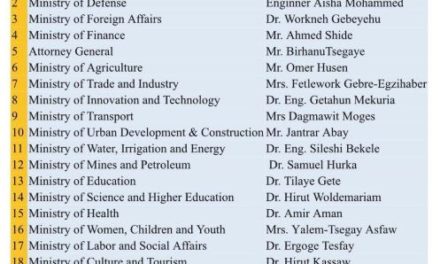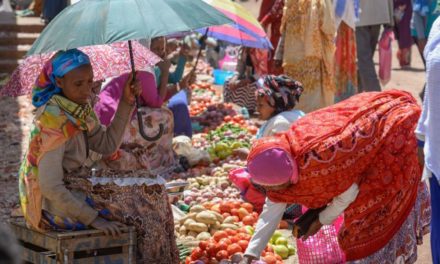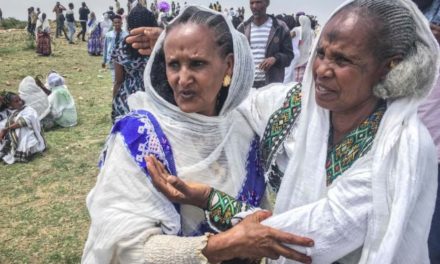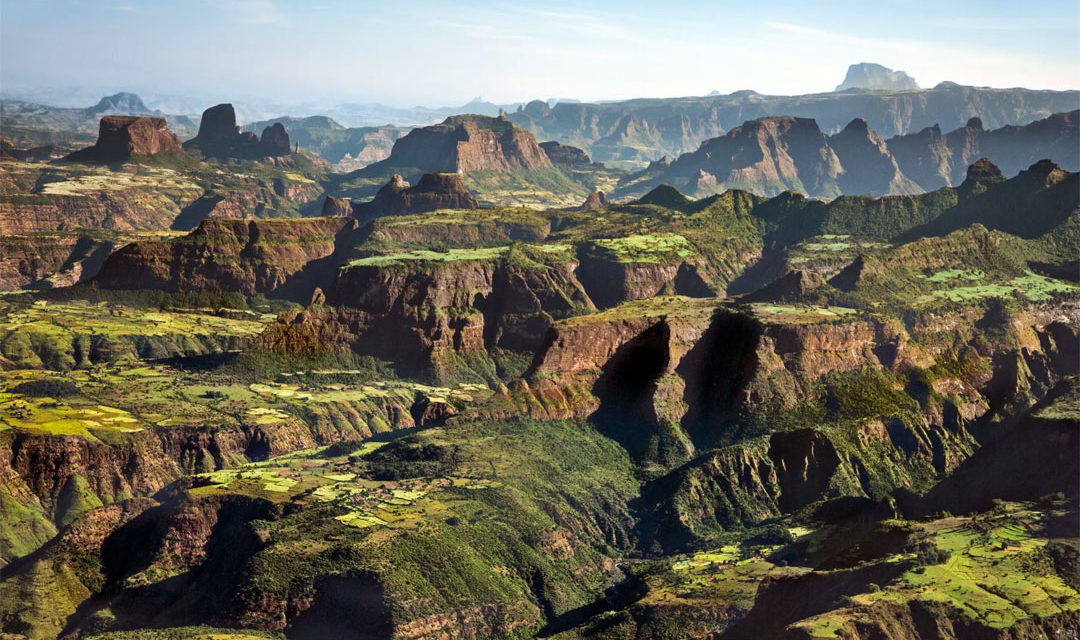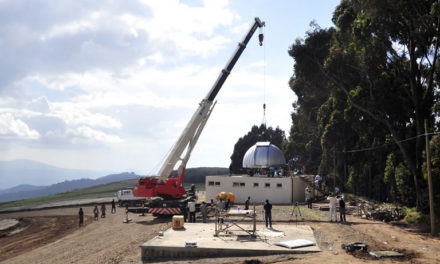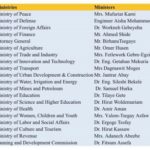Full of natural wonders and ancient culture, this vast country is also home to booming cities and a youthful population. Explore it with our guide on where to go, what to see and where to stay
By Yves-Marie Stranger – The Guardian.
Why go?
Ethiopia has astonishing landscapes, ranging from the flat-topped mountains of the north to the otherworldly multicoloured salt flats and lava lake of the Erta Ale volcano in the Danakil Depression; rich flora and fauna(this is the country where residents and hyenas live in peace); and ancient cultures, including the the city of Axum (one of the oldest continuously inhabited places in Africa), the rock-hewn churches of Lalibela and Africa’s oldest mosque, Nejashi. It also has one of the continent’s fastest-growing economies (second only to Ghana), with booming cities and a young population. For all this, it is yet to attract large numbers of tourists, and visitors can often find themselves alone in this amazing country.
One-month itinerary: the historical northern route
Start the historical northern route in Addis Ababa, the capital of Ethiopia and also the headquarters of the African Union. Due to its elevation (2,335 metres) the city has a near-perfect climate of 21 to 24C year-round.
See the remains of Lucy – our 3.2 million-year-old ancestor – in the National Museum, then walk through the old Italian neighbourhood of Piassa, to have a coffee in the Taitu Hotel, the city’s oldest, founded by the Empress Taitu Betul in the early 1900s. Stay at the Wutma Hotel, a backpackers’ favourite (details below)
From Addis travel to Gondar (two days by inter-city coach, local loncina bus or Aba Dula minivan) via the town of Bahir Dar on Lake Tana and its inland lakes and the Blue Nile Falls.
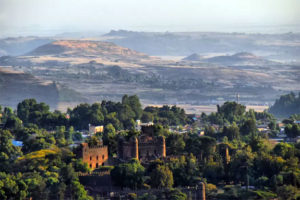 Gondar is dotted with castles built during the 17th century and is a relaxed place to stop for a few days (stay in the Ethiopia Hotel with its high ceilinged retro cafe – details below). From Gondar you enter the Simien Mountains. Treks can be arranged in Debark, the small town at the entrance of the Simien Mountains national park. There is an affordable camping inside the park, or try Africa’s “highest lodge”, the Simien Lodge at 3,260 metres (doubles from £80 B&B June-August, rising to £176 in October-November and January).
Gondar is dotted with castles built during the 17th century and is a relaxed place to stop for a few days (stay in the Ethiopia Hotel with its high ceilinged retro cafe – details below). From Gondar you enter the Simien Mountains. Treks can be arranged in Debark, the small town at the entrance of the Simien Mountains national park. There is an affordable camping inside the park, or try Africa’s “highest lodge”, the Simien Lodge at 3,260 metres (doubles from £80 B&B June-August, rising to £176 in October-November and January).
From Debark, travel into the Tigray region, which more or less (together with neighbouring Eritrea) lies over what used to be the antique kingdom of Axum. The town of Axum, with its Stelae park and palaces, is a fantastic place to stay for a couple of days. It’s also surprisingly laid-back (where else can you get close to the Ark of the Covenant, allegedly housed by the Church of Our Lady Mary of Zion?).
From here, the northbound route takes a turn, first due east, travelling through Adua and Yeha (with its great temple of the moon and famed battleground, where Emperor Menelik stopped the Italians in their tracks in 1896), before reaching Debre Damo, a flat-topped, or table, mountain (women are not allowed entry; or anyone suffering from vertigo: as the ascent involves scrambling up than 15 metres with a leather rope). From here, continue to Adigrat, a border town perhaps set for great times now that a new peace treaty between Ethiopia and Eritrea has finally been agreed. Mark Chapman runs the lauded community trekking trail Tesfa Tours here, which also leads treks near Lalibela, Ankober and in the Simien Mountains.
From Adigrat, travel south to Mekelle, the capital of Tigray, stopping en route to visit the stone churches of the Gheralta Massif. The stylish Gheralta Lodge has doubles from £40 B&B. Mekelle is the place to organise your trip to the salt flats and Erta Ale volcano in the Danakil desert (inaccessible to independent travellers, prices vary from £155 to £385 for a two- to three-day trip).
Continue south to the heart of Ethiopian Christendom, Lalibela, and spend several days exploring the church complexes. There is also the possibility of hiking in the nearby mountains, such as Abuna Yoseph. From Lalibela, take off directly for Addis Ababa by plane (saving yourself a long bumpy bus ride). The flight takes around an hour on Ethiopian Airlines (from £85 one-way).
Read More . . .

